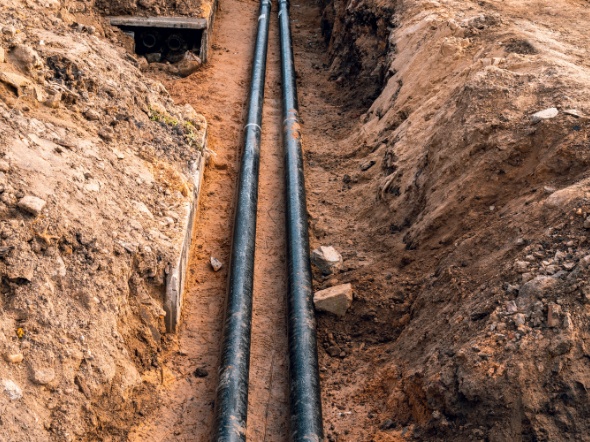Today, we are going to have some analysis of fault causes in a power distribution system, connected by medium voltage power cable & low voltage power cables; and some handling methods for the faults. 
1. If the power cable line fails, according to the line trip, distribution automation information, cable fault location, fault indicator action and other information, make a preliminary judgment on the location of the fault point, and organize personnel to carry out fault patrol inspection, focusing on the known locations vulnerable to external force damage, cable terminals and cable joints. After the fault cable section is found, it should be isolated from other live equipment, And take safety measures to meet the requirements of fault point detection and processing. After preliminary measurement, the fault point should be carefully checked with the cable path map before precise positioning. If necessary, a cable path meter should be used to detect and determine its accurate path.
2. When no obvious fault points are found, voltage resistant instruments should be used to further locate the fault points for each section of the cable involved.
3. After defining the cable fault section, first judge the fault category, and according to the fault category, adopt corresponding methods to carry out Cable fault location and accurate positioning; The types of cable faults are generally divided into five types: grounding, short circuit, disconnection, flashover, and mixed faults. A megohmmeter can be used to measure the insulation resistance between phases and each phase to ground, as well as the continuity of the conductor. If necessary, DC voltage can be applied to the cable to determine whether it is a flashover fault; Cable Cable fault location mainly includes low-voltage pulse reflection method and 10kV flashover method; The precise positioning of cable faults mainly includes acoustic magnetic synchronization method, audio induction method, acoustic measurement method, etc.
4. Before cutting off the faulty cable, it should be checked with the cable routing diagram, and special instruments must be used for confirmation. Only after ensuring the reliable grounding of the cable conductor can work be carried out.
5. If there is a fault in the power cable line, appropriate protection should be taken at the fault point before repair to avoid damage to the cable insulation caused by rain, moisture, and other factors. Before repairing faulty cables, the cable should be checked for moisture. If there is water ingress or moisture, measures should be taken to remove moisture or cut off the affected section. After confirming that the cable is not damp and the segmented insulation is qualified, the faulty part can be repaired.
6. Relevant tests should be conducted before and after handling power cable line faults to ensure that all fault points are eliminated and properly handled. After handling power cable line faults, withstand voltage and partial discharge tests should be carried out according to regulations, and phase (phase sequence) checks should be carried out. Only after passing the acceptance can the operation be resumed.
7. After the low-voltage cable is switched off, a trial run can be conducted. If the trial run is successful, check whether the load of the main switch is normal. If the test run of low-voltage cable is not successful, priority should be given to transferring the load, or using emergency power car to temporarily restore power supply.
PowerTel & his associated factories are able to provide you a complete solution for your electrical distribution system applied for various industries, including technical consulting, initial & optimal design, package supply of all materials ( low & medium voltage underground power cable, cable termination kits, fuse & circuit breaker, distribution transformer , pad mounted transformer & its associated electrical switchboard etc), construction & installation, to final testing & comissioning.
Please feel free to contact our expert engineers.
